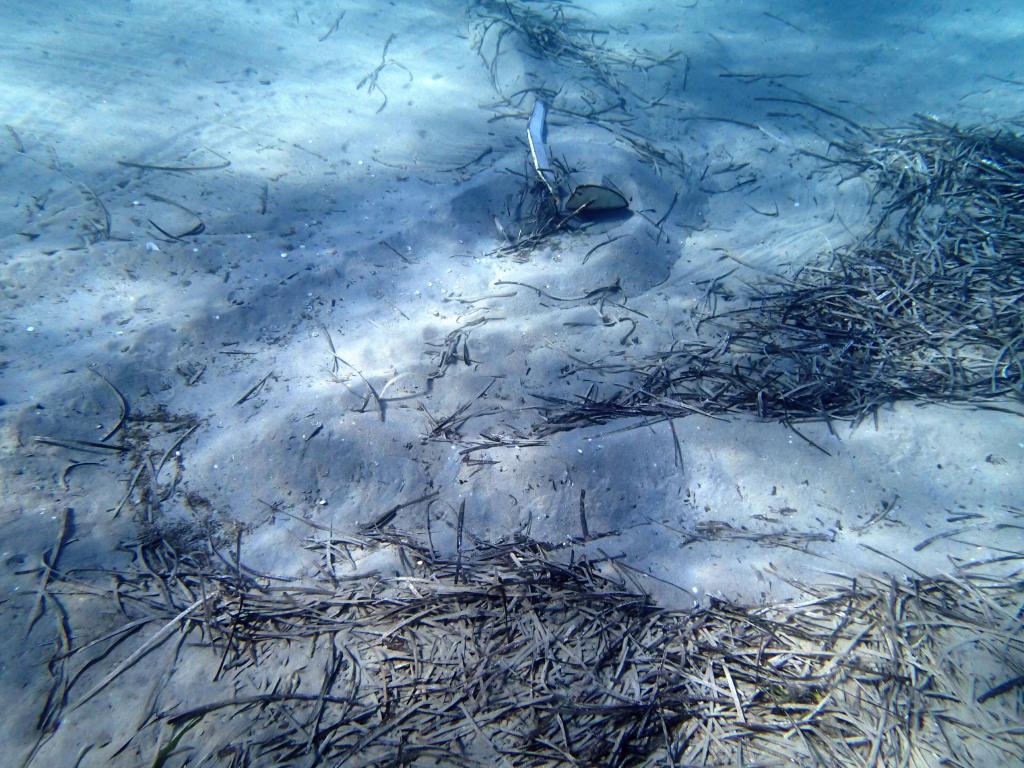- Joined
- Jun 25, 2008
- Messages
- 10,104
- Location
- Australia
- Vessel Name
- Now boatless - sold 6/2018
- Vessel Make
- Had a Clipper (CHB) 34
Sigh…all those anchors…all that weigh for'd...when one decent all-round modern anchor would do. Pity you Northern Hemi guys (and gals), find them hard to get. What is it?…aha…that's for me to know, and y'all to find out.
FF knows, but he keeps the secret close to the body. I suspect he has one already, but keeps up the illusion he hasn't…just a suspicion…
Merry Xmas all…
He he he…if this is the last anchor thread this year…let's really stir 'em up…

FF knows, but he keeps the secret close to the body. I suspect he has one already, but keeps up the illusion he hasn't…just a suspicion…

Merry Xmas all…
He he he…if this is the last anchor thread this year…let's really stir 'em up…
Last edited:





 My boat has a great deal of forward structure above the deck. As a result, my boat walks a fair amount at anchor. I have found that just dropping the anchor while drifting astern and letting it set it self works very well. Once the anchor initially sets, I deploy the snubber, and the boat starts tracking back and forth. This back and forth motion does a great job of setting the anchor with short tugs at the end of each swing. Checking it a few hours later, always confirms satifactory results.
My boat has a great deal of forward structure above the deck. As a result, my boat walks a fair amount at anchor. I have found that just dropping the anchor while drifting astern and letting it set it self works very well. Once the anchor initially sets, I deploy the snubber, and the boat starts tracking back and forth. This back and forth motion does a great job of setting the anchor with short tugs at the end of each swing. Checking it a few hours later, always confirms satifactory results.